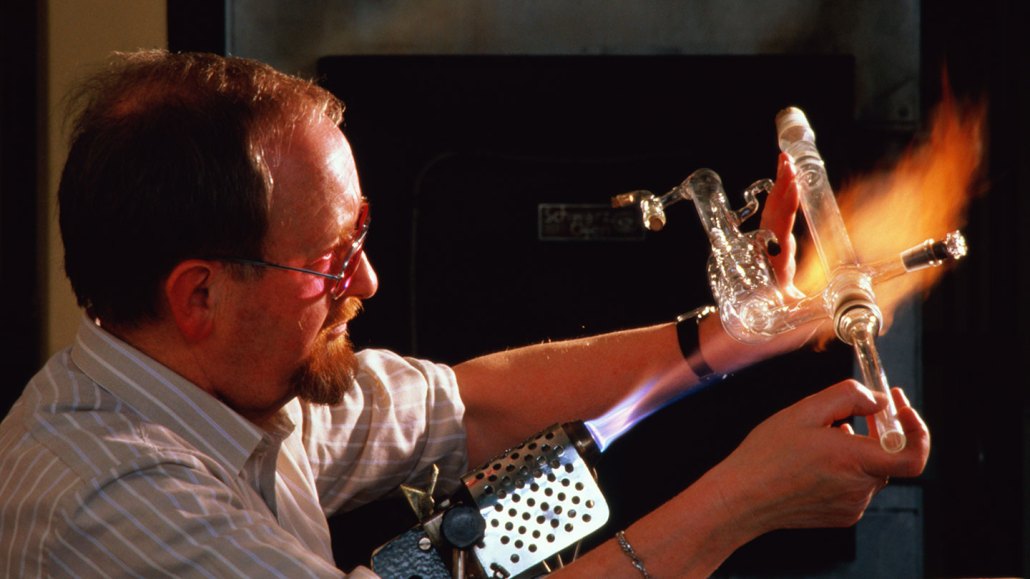Questions for ‘Cool Jobs: Scientific glassblowers shape science’

Beakers, pipettes, flasks and more. Few people realize that skilled artisans make most scientific glassware by hand (and mouth). This career truly marries art and science. Some people came to glassblowing after training in science. Others started as artists who realized their craft could help advance cutting-edge research.
Maximilian Stock Ltd./Stockbyte/Getty Images Plus